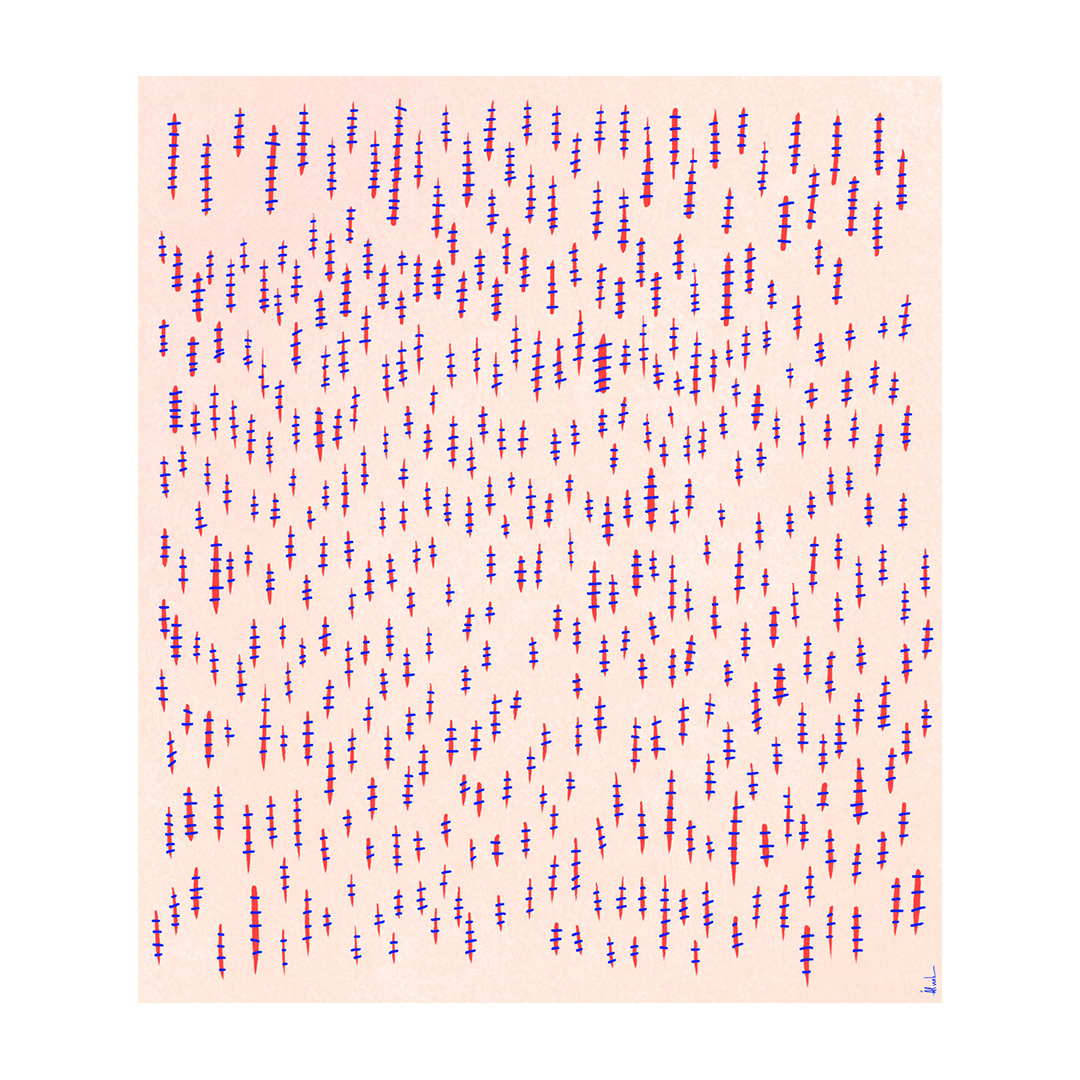Violence against women: Difference between revisions
| Line 20: | Line 20: | ||
=== <span style="color: white; font-family: Menlo; text-decoration:none; background-color: #ff0033; padding-top: 0.1vw; padding-bottom: 0.1vw; padding-left: 0.1vw; padding-right: 0.2vw;"> _[лека телесна повреда] // [minor injury]</span>=== | === <span style="color: white; font-family: Menlo; text-decoration:none; background-color: #ff0033; padding-top: 0.1vw; padding-bottom: 0.1vw; padding-left: 0.1vw; padding-right: 0.2vw;"> _[лека телесна повреда] // [minor injury]</span>=== | ||
[[File:Alnik leka-telesna-povreda ig-square.jpg|thumb|minor injury // digital illustration // 2023]] | [[File:Alnik leka-telesna-povreda ig-square.jpg|thumb|minor injury // digital illustration // 2023]] | ||
A man assaulted | A man assaulted an 18-year-old Bulgarian girl: he had her arms, legs and chest cut with a paper cutter, her nose broken, and all her hair cut with a clipper. The doctors made 400 stitches on around 20 deep wounds. The judge set the man free because what he did was ruled as a “minor injury” by her [yes, the judge was a woman]. | ||
People react to things they can really imagine, see, understand. Imagine the doctors who have made 400 stitches. I wanted to draw each one of them, slowly, to comprehend how much it was. I was not afraid to overexpose the way the cuts and stitches are illustrated, because this should initiate shock. A big one. | |||
We do not tend to react so strongly to the women's killings. The victim is gone, her pain is gone. We know we cannot do anything anymore and she becomes just another number in the statistics. Why did this case cause much more outrage than the many femicides happening earlier? Was it the explicit cruelty of the act that became so evident? Was it that we know that the 18-year-old young woman would have to live with this memory for the rest of her life? | |||
The way we react to something like this shows us in what kind of society we are living. The way the institutions that are responsible for finding ways to prevent such acts from happening in the future react shows us what kind of future awaits us. Until we change something. | |||
// digital illustration // rotterdam, 2023 // license: CC4.0 - use it as you wish by giving appropriate credit <br> | |||
// remember to be mindful to her trauma and shock when talking about this subject and sharing content<br> | |||
// download from [https://alnik.me/documentation/nws0an0dz2kfxingj32g09rrqt8n74 here] [square] & [https://alnik.me/documentation/5yro0z94gb1g7rgkupaq5xbo7cka9v here] [full frame]<br> | |||
=== <span style="color: white; font-family: Menlo; text-decoration:none; background-color: #ff0033; padding-top: 0.1vw; padding-bottom: 0.1vw; padding-left: 0.1vw; padding-right: 0.2vw;"> _tba</span>=== | === <span style="color: white; font-family: Menlo; text-decoration:none; background-color: #ff0033; padding-top: 0.1vw; padding-bottom: 0.1vw; padding-left: 0.1vw; padding-right: 0.2vw;"> _tba</span>=== | ||
Revision as of 12:20, 29 August 2023
_why do I care about violence against women?
Some key facts, published by the World Health Organization:
◼️ The United Nations defines violence against women as "any act of gender-based violence that results in, or is likely to result in, physical, sexual, or mental harm or suffering to women, including threats of such acts, coercion or arbitrary deprivation of liberty, whether occurring in public or in private life."
★ Violence against women – particularly intimate partner violence and sexual violence – is a major public health problem and a violation of women's human rights. ★ Estimates published by WHO indicate that globally about 1 in 3 (30%) of women worldwide have been subjected to either physical and/or sexual intimate partner violence or non-partner sexual violence in their lifetime. ★ Most of this violence is intimate partner violence. Worldwide, almost one third (27%) of women aged 15-49 years who have been in a relationship report that they have been subjected to some form of physical and/or sexual violence by their intimate partner. ★ Violence can negatively affect women’s physical, mental, sexual, and reproductive health, and may increase the risk of acquiring HIV in some settings. ★ Violence against women is preventable. The health sector has an important role to play to provide comprehensive health care to women subjected to violence, and as an entry point for referring women to other support services they may need.
_projects and works
_[лека телесна повреда] // [minor injury]
A man assaulted an 18-year-old Bulgarian girl: he had her arms, legs and chest cut with a paper cutter, her nose broken, and all her hair cut with a clipper. The doctors made 400 stitches on around 20 deep wounds. The judge set the man free because what he did was ruled as a “minor injury” by her [yes, the judge was a woman].
People react to things they can really imagine, see, understand. Imagine the doctors who have made 400 stitches. I wanted to draw each one of them, slowly, to comprehend how much it was. I was not afraid to overexpose the way the cuts and stitches are illustrated, because this should initiate shock. A big one.
We do not tend to react so strongly to the women's killings. The victim is gone, her pain is gone. We know we cannot do anything anymore and she becomes just another number in the statistics. Why did this case cause much more outrage than the many femicides happening earlier? Was it the explicit cruelty of the act that became so evident? Was it that we know that the 18-year-old young woman would have to live with this memory for the rest of her life?
The way we react to something like this shows us in what kind of society we are living. The way the institutions that are responsible for finding ways to prevent such acts from happening in the future react shows us what kind of future awaits us. Until we change something.
// digital illustration // rotterdam, 2023 // license: CC4.0 - use it as you wish by giving appropriate credit
// remember to be mindful to her trauma and shock when talking about this subject and sharing content
// download from here [square] & here [full frame]
